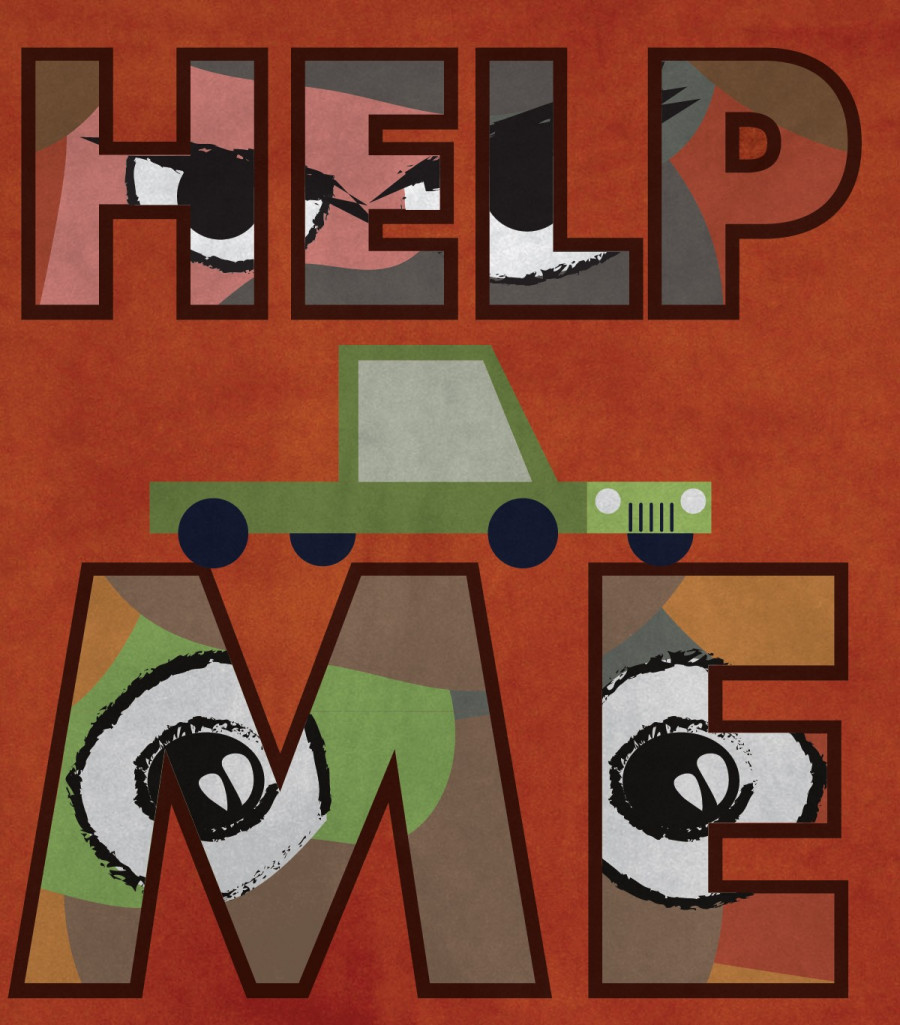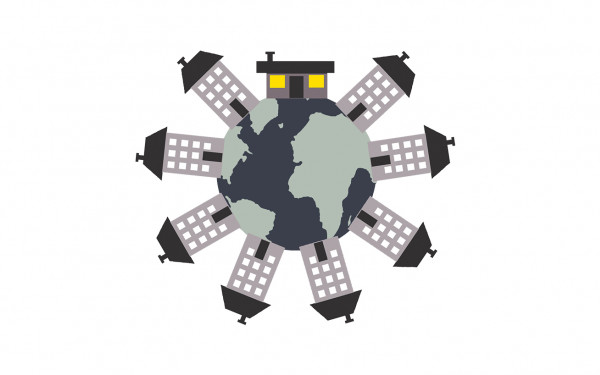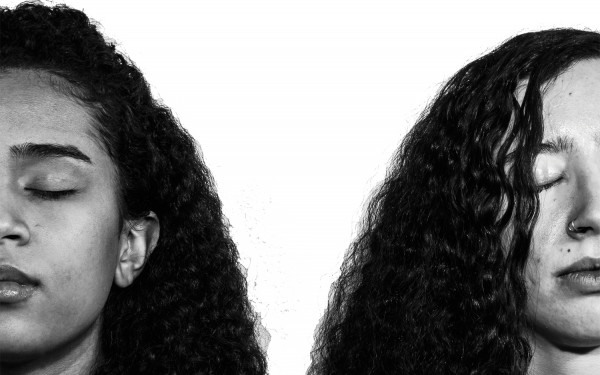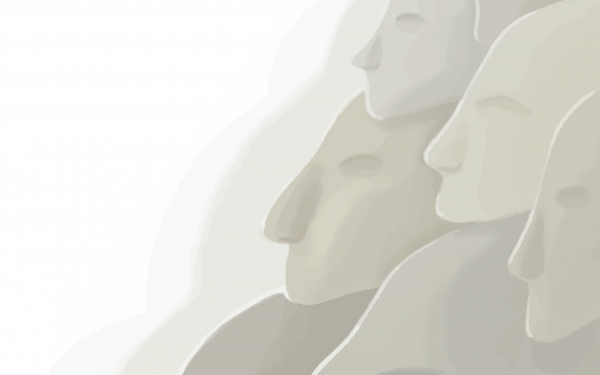Human Trafficking, Modern Day Slavery in South Africa
An Observational Narrative: Those Who Suffer in Silence
The following event took place on the last day of a two-week trip to the beautiful yet divided South Africa.
My partner and I were on the long road between Johannesburg and a small town called Graskop, known for its epic bungee jump “the big swing.” Though our vacation had been amazing, we couldn’t help but notice how neighborhoods, restaurants and bars still were divided by ethnicity and class, despite the abolishment of the South African apartheid nearly 25 years ago. The country is famous in their struggle for racial equality. This year for the first time a white woman went to prison for using violent racial slurs against a Black police officer, yet just a few days after our arrival, a white businessman tweeted a stunningly racist video. It had sparked outrage in Joburg, showing that the life work of Nelson Mandela and his allies is far from being over.
***
Our first eye contact only lasted a split second. The setting sun rays glowed on her beautiful dark skin. She was skinny. Her cheeks caved in a little. Her wide eyes and fine nose hinted that she might be from Ethiopia or a neighbouring country. She didn’t say a word but her eyes spoke loud and clear. They said, “help me.”
She was a passenger in a beat up pick up truck that was flying down the never ending highway to Johannesburg. She looked so innocent. Too innocent to be sitting next to that man: an old, white man. He looked mean. Mean and angry.
He was driving carelessly while cutting off as many cars as his raggedy truck could allow. Clearly, the 120 km/h speed limit seemed to him more of a suggestion than a law. The back of the low pickup truck was filled with dirty bags and old pillows that went all the way to the ceiling.
She looked no older than 16. He looked no younger than 60.
My partner and I drove past them the first time and both said at the same time, “this poor girl looks traumatized.”
Trying to reassure our minds we joked, maybe he had just farted and she was suffocating; maybe he was a family friend giving her a ride home; or maybe she was one of the many hitchhikers we had driven by.
But the fear in her eyes and the malicious look in his painted a different picture.
Instinctively, I wanted to help. I was actively looking for a way to stop them, to comfort her. “Should we chase them?” I said. I thought we could call the police.
But they were already there. In fact, every few kilometres, there was a police roadblock. Officers were randomly selecting cars to search. So how could they not have noticed this petrified child?
“They want money,” one talkative Uber driver had told us the night before. “They pull you over and when you hear them say ‘I’m hungry or I’m thirsty,’ that’s the cue to give them whatever is in your wallet.”
We were powerless. The traffic slowed down and we made eye contact one last second before the emotionally loaded white truck took an exit and disappeared into the night.
Her beautiful yet terrified eyes will stay with me for a long time.
She made me think of all the other girls whose life may also be in danger, but like hers, we will never know.
Maybe she’s one of the 40 million individuals worldwide involved in some form of modern slavery; considering that 71 per cent of those are women and girls.
South Africa might be far from us, but many of these girls are closer than we think. According to the latest statistics Canada report, the number of incidents of human trafficking have climbed steadily since 2010. In 2016, the year the report was published, 340 incidents of human trafficking were reported by national police.
In this era of denunciations and accountability, let’s not forget the ones who suffer in silence.


_600_832_s.png)

1_600_375_90_s_c1.jpg)


